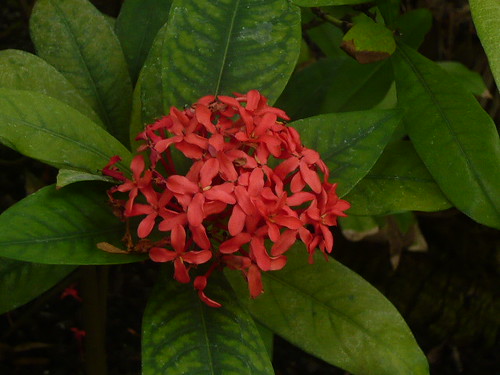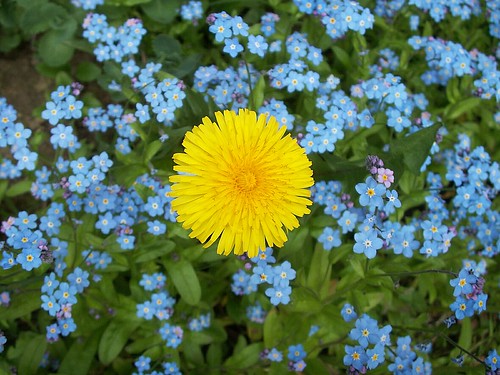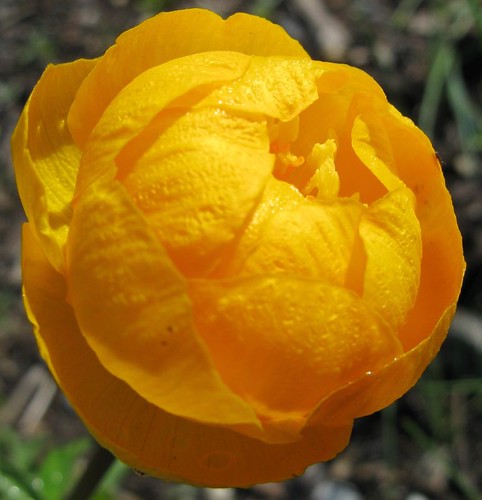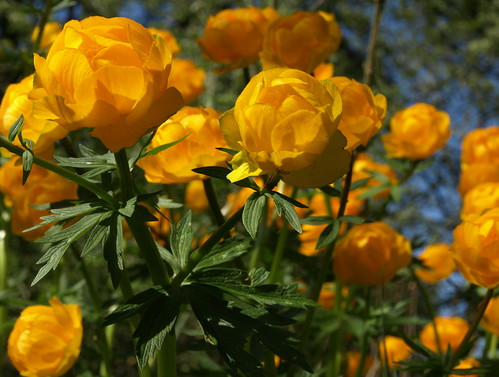Growing Ghosts – Eryngium giganteum

Mrs Willmott a formidable gardener is said to have secretly sown seeds in other peoples garden, an idea that appeals to me as a guerrilla gardener. Growing Eryngiums that look spooky in the moonlight is how they got the name Mrs Willmott’s ghost plants.
Growing Tips
- Sea Holly or Eryngium giganteum is an odd looking perennial with prickly, silvery-grey bracts under steel-blue cones.
- Wonderful for dried arrangements, especially at Christmas.
- Happy in sandy dry soils this draught tolerant plant has spikey growth can deter unwanted visitors! I have a few scars this year to prove it. Suitable for exposed coastal planting
- An architectural plant that attracts wildlife to feed or nest.
- Suitable for container growing; – ideal as a ‘stand out’ plant.
Raising Plants
- Surface sow and just cover with vermiculite. Do not exclude light. Germination can be slow.
- Sow in February to get a bit of frost or place in a refrigerator (not freezer) for 3-6 weeks.
- Transplant to a cold frame then grow on in full sun
- Prefers a rich, light, well drained soil.
Chiltern Seeds have 18 different varieties of seed or try Eryingyum from Thompson & Morgan
Honesty seed heads look a bit ghostly once the seeds have gone and the coin shaped, white paper disc is left to reflect low winter light. If you want a ‘ghost of Christmas past’ combine these two in a dry flower arrangement.



























